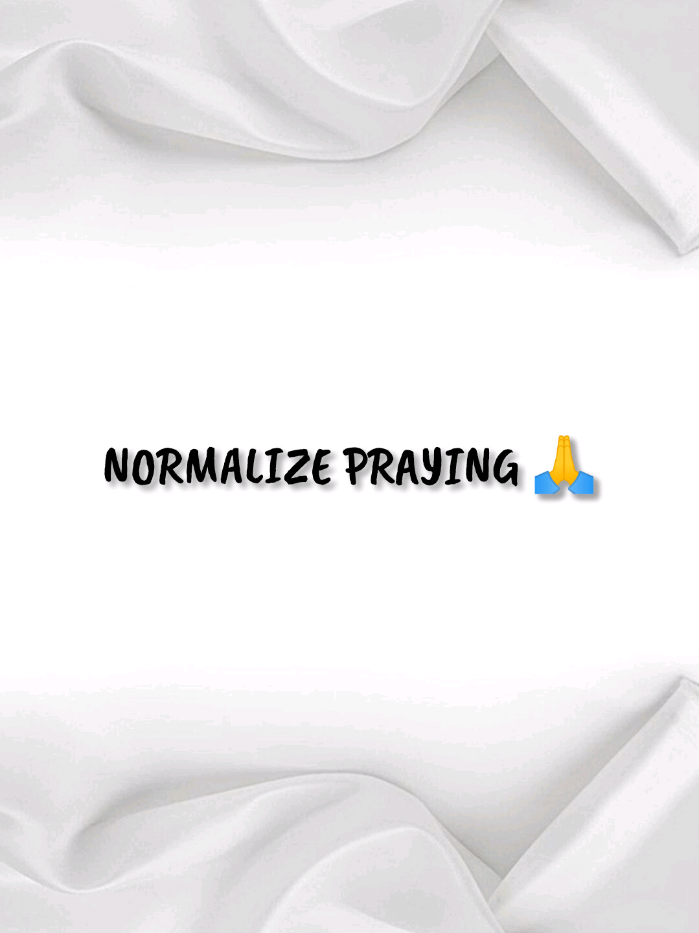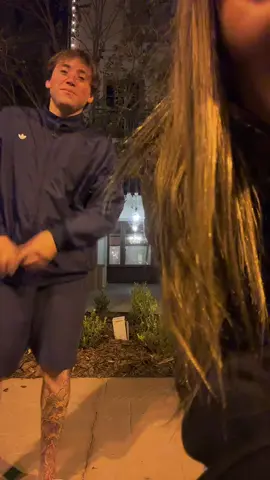banddz7
Region: VN
Sunday 12 October 2025 09:14:04 GMT
106646
9786
202
9931
Music
Download
Comments
babii don’cry :
anh chứ ai nữa tar
2025-10-12 09:15:13
19
nhi labubu :
đống bài tập lm t bùnn:<
2025-10-12 09:19:13
69
như ý bị mất acc :
aii aii lm m buồn hảaa
2025-10-12 13:29:58
1
Binn°° :
sớm nè rep đi
2025-10-12 09:16:12
1
🍍𝒀𝒆𝒏 𝑳𝒚 ><🦦 :
anh ó😭😭😭
2025-10-12 09:15:18
2
Minh Anh :
Tất cả 😇
2025-10-12 15:24:16
1
minhthuu :
ảnh lm tui bùn🥰
2025-10-12 14:18:14
1
Cánh bị cụt🐧 :
Tui bị ng ấy lm tui buon😪
2025-10-12 09:17:19
4
Ku Miu☺️ :
T gặp m quài mới buồn á😒
2025-10-12 11:51:55
1
nhìn 🛴on hả :
nghe a này nó khoái vãii
2025-10-12 12:55:54
1
lovekeotwixhe :
có ai đâu do rớt điện thoại nên buồn 💔
2025-10-12 09:26:12
2
x.maiiiiiiii :
ai nói dạ nay coi đánh lộn hơi vvui tí😅
2025-10-12 09:36:38
1
NAME…… :
sớm
2025-10-12 09:19:14
1
kim thoa :
biết rep kh ạ
2025-10-12 09:15:29
1
nhím con :
sớm anh ơi rep e
2025-10-12 09:23:57
1
ɢᴘʜᴀᴛ :
ah đó 🤨!!!
2025-10-12 14:53:21
0
vân ngữ văn :
tuôi tự làm tuôi buồn
2025-10-12 15:17:38
0
Thua :
A đó ><
2025-10-12 14:59:42
0
ngocbich🌊 :
anh chứ ai nữa 🥲
2025-10-12 13:57:10
0
Diễm Trangg>< :
Ah chứ ai nữa tar
2025-10-12 12:37:44
0
Mai thị92 :
chủ nhật
2025-10-12 12:31:12
0
Đụng là đâm :
thầy ngữ văn
2025-10-12 13:26:42
0
bánh Kitkat :
anh chứ ai nữa tar
2025-10-12 13:42:44
0
Thư Nè !!🫰 :
nó, áaa nó áa toán á anh toán lm t buồn ☺
2025-10-12 12:59:47
0
21tháng8 :
t đi iar kh ra nên buồn 😭
2025-10-12 13:07:49
0
To see more videos from user @banddz7, please go to the Tikwm
homepage.





